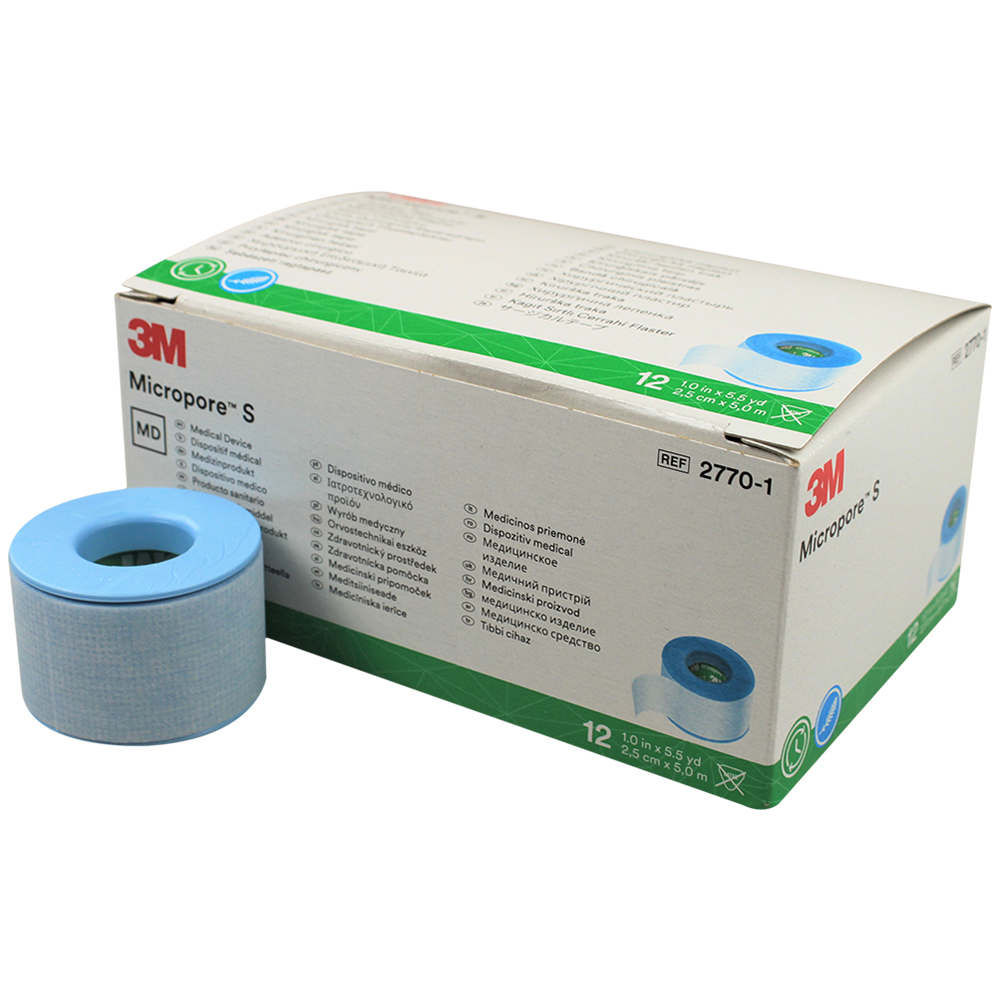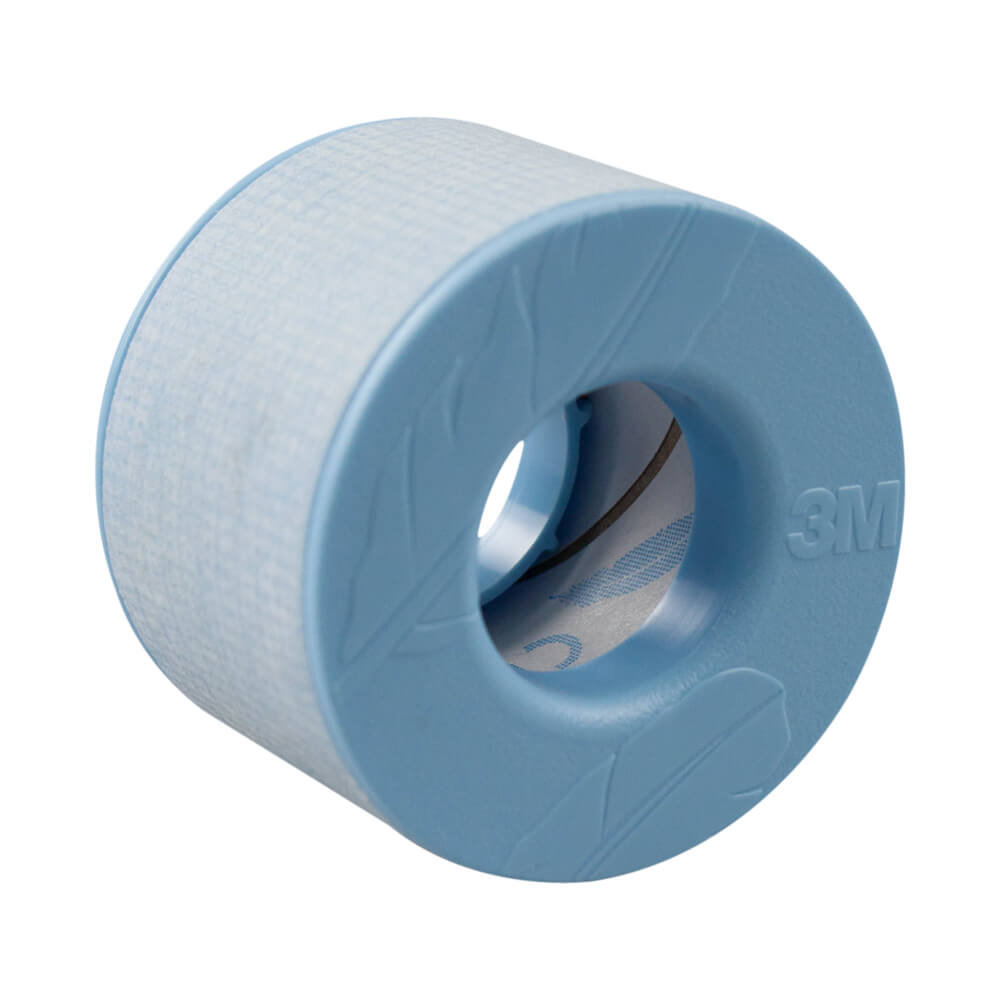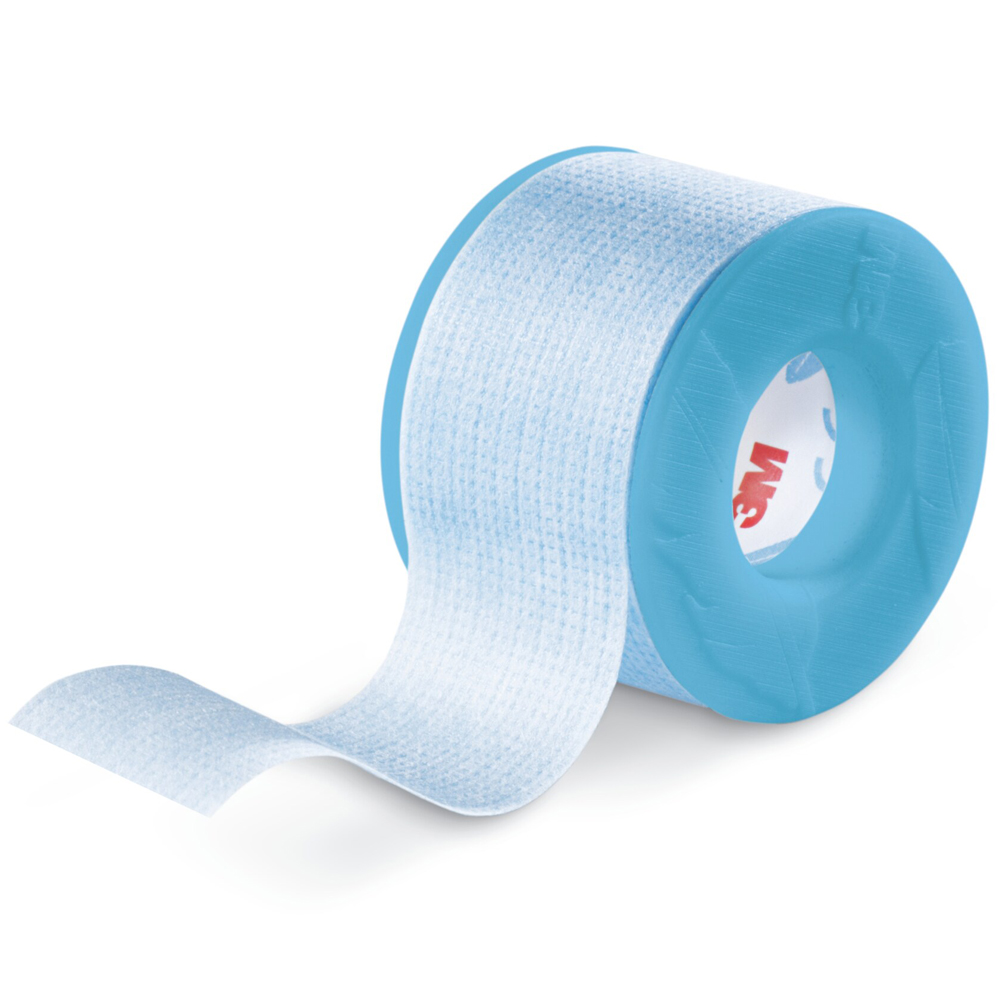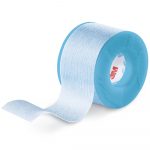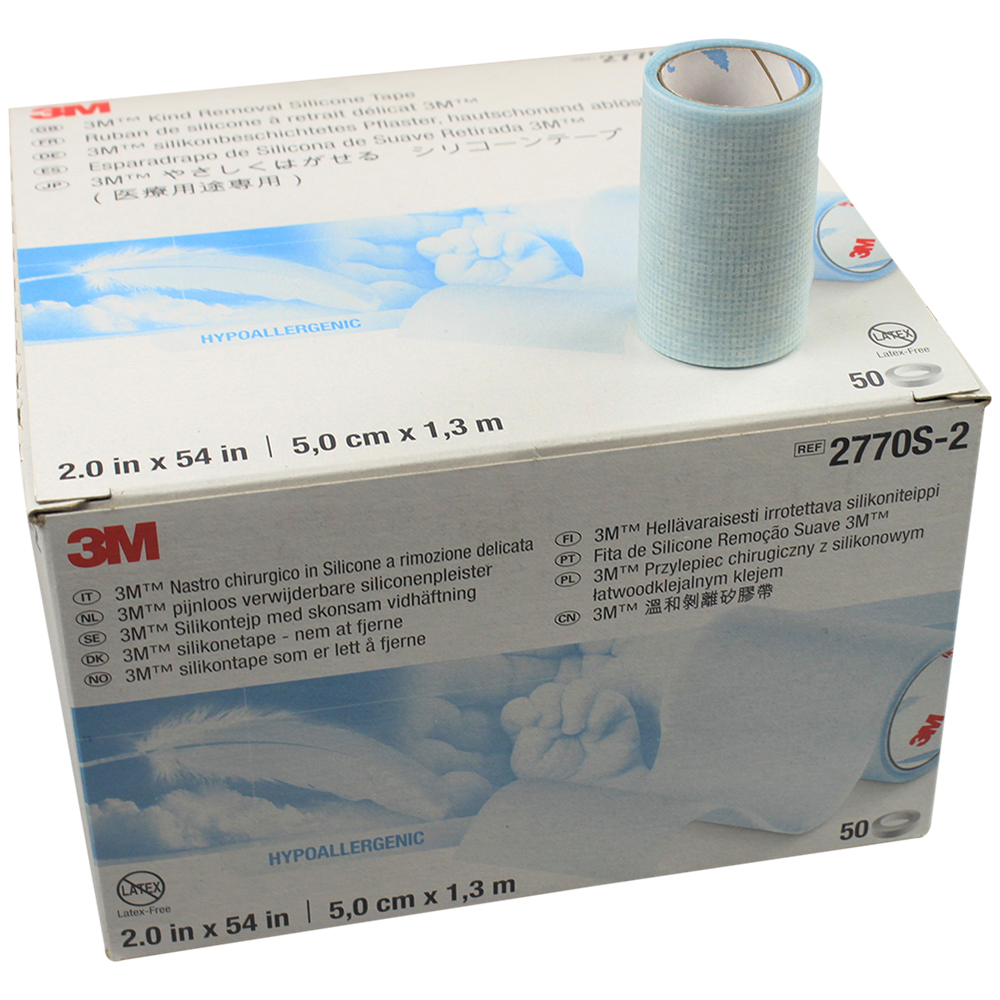- My Account
- Place a Reorder
- Logout
3M Micropore S Surgical Tape – 5.5yds
Brand: Micropore S
Manufacturer: Solventum (Formerly 3M)
Lorem ipsum dolor sit amet, consectetur adipiscing elit. Ut elit tellus, luctus nec ullamcorper mattis, pulvinar dapibus leo.
Lorem ipsum dolor sit amet, consectetur adipiscing elit. Ut elit tellus, luctus nec ullamcorper mattis, pulvinar dapibus leo.
DESCRIPTION
DETAILS
Reviews
DESCRIPTION
Solventum (Formerly 3M) Micropore S Surgical Tape – 5.5yds
3M Health Care is now Solventum. The same products you know and trust, now under a new brand.
For general medical applications, Micropore S Surgical Tape presents the ideal combination for maintaining skin integrity and patient comfort. Material can be removed or repositioned without tearing the skin and increasing a patient’s risk of MARSI. At the same time, the hold is secure enough to allow for up to 48 hours of wear.
For the single-use roll click here.
Benefits
Constructed of a paper-plastic hybrid with silicone adhesive, Micropore S Surgical Tape offers the following benefits:
- Consistent adhesion: apply directly or adjust a dressing; won’t damage or disrupt the skin’s layers
- Clean removal: can be detached without causing the patient a high level of discomfort or damaging the skin to increase risks of MARSI. Also, the tape won’t leave a sticky residue behind and won’t tug on the patient’s hair.
- Long-term wear: Micropore S Surgical Tape offers short- and long-term use, designed to provide flexible wear for up to 48 hours.
- Ease of application: can be torn by hand, instead of requiring scissors.
- Skin friendly: free of natural rubber latex, instead using skin-friendly silicone as an adhesive. The result lessens irritation and can be used on delicate, sensitive skin, including for the elderly, infants, and children.
Uses
- After drawing blood
- Holding lightweight dressings in place
- Supporting I.V. lines and tubing
- Supporting non-critical tubing
- Repeat taping
Common Questions About Solventum (Formerly 3M) Micropore S Surgical Tape – 5.5yds
Is Micropore tape sterile? Can it be sterilzed?
Solventum (Formerly 3M) Surgical tapes are sold clean, not sterile. Micropore tapes may be sterilized by ethylene oxide but NOT by steam (autoclave).
How can I get Micropore tape to stick better?
Micropore tape has the lowest adhesion to dry skin of all the Solventum (Formerly 3M) medical tapes. However, it has the highest adhesion to skin that is damp and then dries. You may increase adhesion by gently, but firmly, pressing the tape to the skin (or tubing) or dampen the skin with water, pat dry, and then apply the Micropore tape. Most people will notice increased adhesion within 5 minutes.
Can I use Micropore tape to attach pictures etc.? Is Micropore tape acid-free?
A weak organic acid is in the copolymer used to make the Micropore tape adhesive, so technically, Micropore tape is not considered “acid-free”. Solventum (Formerly 3M) does not promote uses of Micropore tape other than that for which it is intended. Micropore tape was intended for use on human skin, devices, dressings, and tubings. Micropore tape was not designed to be used on pictures and other important objects. The effects of the tape over time on these types of objects are not known.
Why do we have two Micropore tapes? What is the difference?
Micropore and Micropore Plus tapes have the same nonwoven, rayon backing. The difference between the tapes is in the adhesive. Micropore Plus tape was introduced to offer higher adhesion to dry skin while maintaining the current Micropore tape’s levels of adhesion to damp skin.
How can I increase tape adhesion?
The key concepts to maximize adhesion are:
- Start with clean, dry skin
- Touch the sticky surface of the tape as little as possible
- Apply sufficient pressure to the tape to get the adhesive into the nooks and crannies of the skin
- Cover adequate surface area so that the tape can support the tubing or dressing
- Obtain full contact between the tape and the skin (or tubing) so that moisture cannot slip between the two and loosen the tape. Most adhesives stick best to clean, dry surfaces, so try to minimize moist conditions as much as possible.
- Remove substances that contain emollients or oils, such as most moisturizers and adhesive tape removers.
- If the skin is very oily, use a mild soap and water to remove the excess oil and pat dry. An alcohol wipe may also be used to remove the excess oil, but since it is very drying, it should be used with care.
- If you are using a prep solution, let it dry completely before applying the tape.
What is the best way to remove tape?
Proper tape removal is critical in reducing the occurrence of traumatic skin injuries such as skin stripping. First, loosen the edges of the tape. You may “start” an edge of the tape by pressing a small piece of tape onto the corner and lifting. Stabilize the skin with one finger. Remove the tape “low and slow” in the direction of hair growth. Keep the tape close to the skin surface and pulled back over itself. Removing tape at an angle will increase tension on the epidermis and increase the risk of mechanical trauma. As the tape is removed, continue to support the newly exposed skin. Support close to the “peel edge” is particularly important for thin or easily distensible skin. For tape that is strongly adhered to skin or hair, you may consider using a medical grade adhesive remover or moisturizer to soften the adhesive. Solventum (Formerly 3M) tape adhesives are not readily dissolved in alcohol.
Hair presents special challenges. It can be difficult to obtain good initial adhesion over hair and yet, difficult to remove tape from hair after time. Hair tends to grow medial to lateral, sometimes downward. A technique that may be helpful in removing tape from hair is to catch the upper, medial edge of the tape. Peel the edge of the tape back, forming a small triangle. Supporting the skin adjacent to the tape, glide a small amount of moisturizer on the leading (peel) edge of the tape. This is often enough to soften the adhesive and release it from hair. Continue to remove the tape “low and slow, back over itself” while gliding the moisturizer along the edge.
What if I used a moisturizer (cream) or an adhesive remover and need to tape over the same area?
Reassess the skin. If you wish to retape over an area where you used adhesive remover or moisturizer, you will either need to remove the moisturizer or adhesive remover or use a moisturizer that allows you to tape over it. Some moisturizers (creams) that allow you to retape may actually increase adhesion of some tapes on some people, so it is important to use good technique for subsequent tape removal. You may wish to protect areas that will be exposed to repeated taping with an alcohol-free barrier film. Removing the tape will also remove the barrier film, so the film should be reapplied and allowed to dry between tapings.
Downloadable Resources
Related Products
Product Item Number
2770-1, 2770-2
PDF File
DETAILS
Additional information
| Manufacturer | Solventum (Formerly 3M) |
|---|---|
| Brand | Micropore S |
| Length | |
| Width | |
| Water Resistant | |
| Latex | |
| Suggested Application | Compromised Skin, Pain Minimization, Repeated Taping, Sensitive Skin, Skin At-risk, Skin Integrity |
| Amount | Each, Box of 6, Box of 12, Case of 60, Case of 120 |
| Billing Supported | |
| HCPC Code |
Reviews
Most orders ship same day
Straightforward and Streamlined
8am - 7pm EST Monday thru Friday
